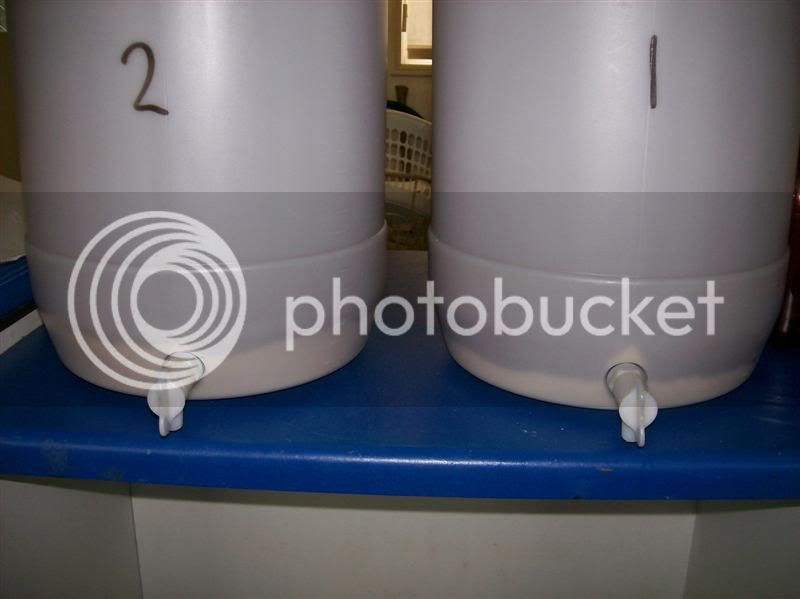HeavyNova
Well-Known Member
Your not confusing sleepy yeast with crud from the kettle are you?Are you telling me that you have no crud in your fermentors?

Your not confusing sleepy yeast with crud from the kettle are you?Are you telling me that you have no crud in your fermentors?
Your not confusing sleepy yeast with crud from the kettle are you?
Hi felow brewers,
I have an all grain BIAB ale in my fermentor at the moment (Day 3 US 05) and am concerned about the amount of Trub/Crud sitting in the bottom. My outlet valve is totaly covered up by the excess Trub/Crud about 1/2 inch above the valve. I have not had this problem with kits/extracts before? I will be keging this once its done but valve is covered in crap so it may be difficult?
What can i do? :icon_cheers:

Thats a good idea, I use US05 yeast for all my beers. :icon_cheers:
I take a few gravity samples through out the brew process, this tends to keep the tap fairly clear.
On brew day, just take another gravity sample, and that will clear out whatever trub is left in the tap/sediment reducer
My problem with this is if the tap spout is pointing up any dust, wild yeast or bacteria can land in it. The slightest leak in the tap and there is an easy path into your precious brew.Is it only me that turns the tap an extra 180 degrees so that the outside spout points up and the hole on the inside of the FV points down, resulting in very little sediment in the tap?
Just run a little out into a glass before running into the keg. Much easier and less risk.
Cheers
Nige
My problem with this is if the tap spout is pointing up any dust, wild yeast or bacteria can land in it. The slightest leak in the tap and there is an easy path into your precious brew.
Just run a little out into a glass before running into the keg. Much easier and less risk.
Cheers
Nige
Enter your email address to join: